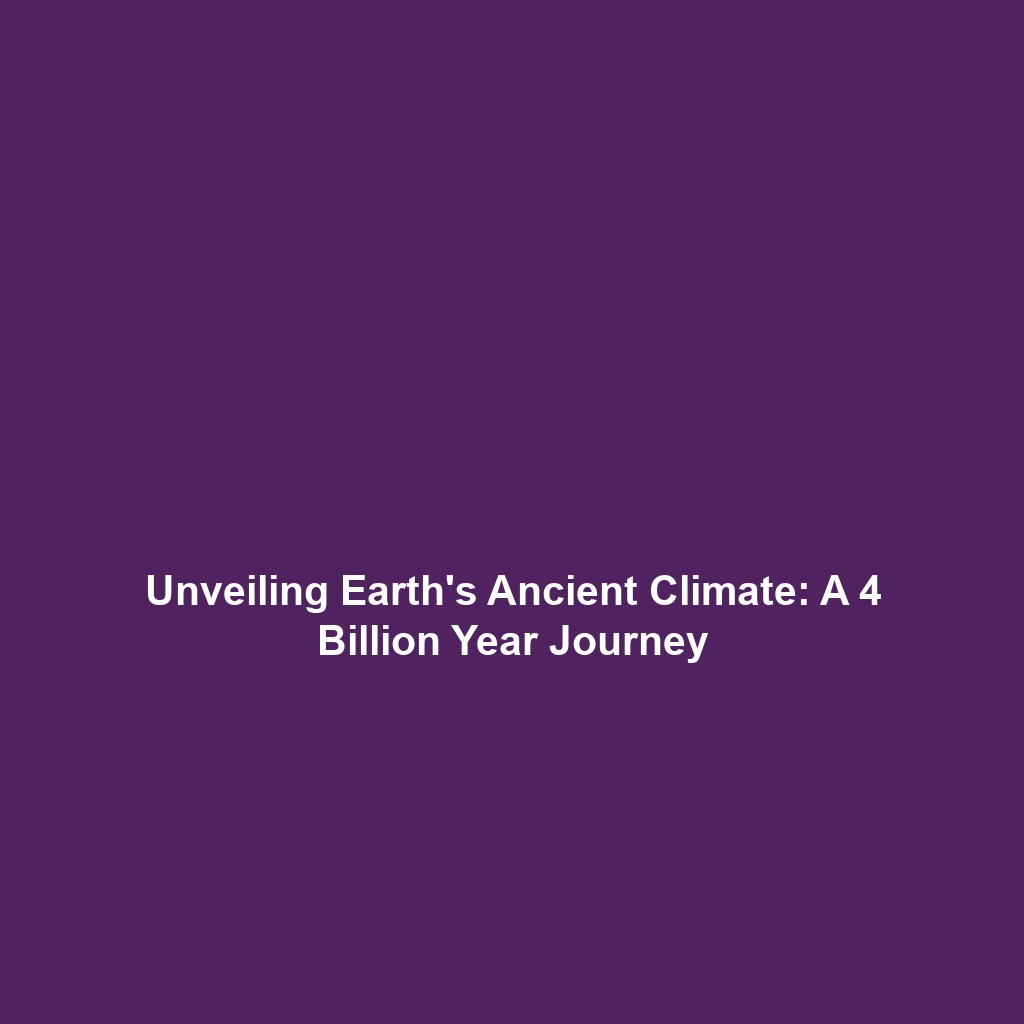Consequences of Losing Biodiversity on Ecosystem Services
Introduction
The loss of biodiversity is a pressing global issue that significantly impacts ecosystem services, including carbon sequestration, water cycles, and soil health. Biodiversity plays a crucial role in maintaining the balance of ecosystems, which directly influences climate stability and resource availability. As deforestation continues to deplete diverse habitats, we must assess the profound consequences of losing biodiversity through a wider lens of ecosystem services related to deforestation and biodiversity loss. Understanding these connections is essential for implementing effective conservation strategies.
Key Concepts
Several fundamental concepts underpin the understanding of how biodiversity loss affects ecosystem services:
Carbon Sequestration
Biodiversity contributes to carbon sequestration by supporting a variety of plant species that capture atmospheric carbon dioxide through photosynthesis. This process mitigates climate change effects caused by deforestation.
Water Cycles
Healthy ecosystems regulate water cycles by promoting infiltration and reducing runoff. Biodiverse environments ensure diverse root systems, which enhance soil structure and water retention, eventually affecting the overall hydrological balance.
Soil Health
Soil biodiversity supports nutrient cycling and fertility. A diverse microbial community aids in decomposing organic matter, contributing to soil quality. Deforestation disrupts these processes, leading to problematic erosion and reduced agricultural productivity.
Applications and Real-World Uses
The understanding of consequences related to biodiversity loss provides practical applications:
- Restoration Projects: Restoring ecosystems by reintroducing native species can enhance carbon sequestration and improve soil health.
- Sustainable Agriculture: Implementing diversification in crops can promote better soil quality and efficient water use.
- Climate Policy Development: Policymakers can leverage biodiversity’s role in ecosystem services to create more effective environmental regulations.
Current Challenges
While the significance of biodiversity is clear, several challenges hinder our understanding and applications:
- Difficulty in measuring the economic value of ecosystem services.
- Complex interactions within ecosystems complicate predictions of biodiversity loss consequences.
- Lack of public awareness surrounding the importance of biodiversity concerning climate regulations.
Future Research and Innovations
Emerging research trends are focusing on innovative technologies and methodologies to address biodiversity loss:
- Remote Sensing: Advanced satellite data will help monitor biodiversity changes and impacts on ecosystem services.
- Biotechnology: Genetic tools might enhance the resilience of species against climate change pressures.
- Integrated Models: Developing sophisticated models can simulate interactions between biodiversity and ecosystem function.
Conclusion
In summary, the consequences of losing biodiversity significantly impede critical ecosystem services such as carbon sequestration, water cycles, and soil health, impacting broader deforestation and biodiversity loss issues. Recognizing these connections is vital for effective environmental policy and conservation efforts. We must act collectively to restore and protect our ecosystems through informed actions. For more information, consider reading our articles on Ecosystem Services and Solutions to Deforestation.

